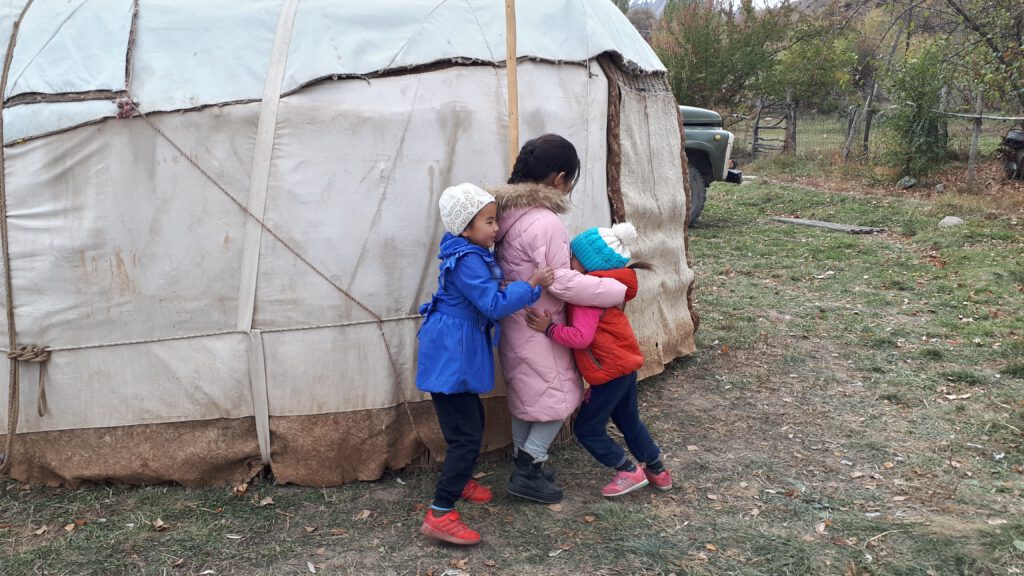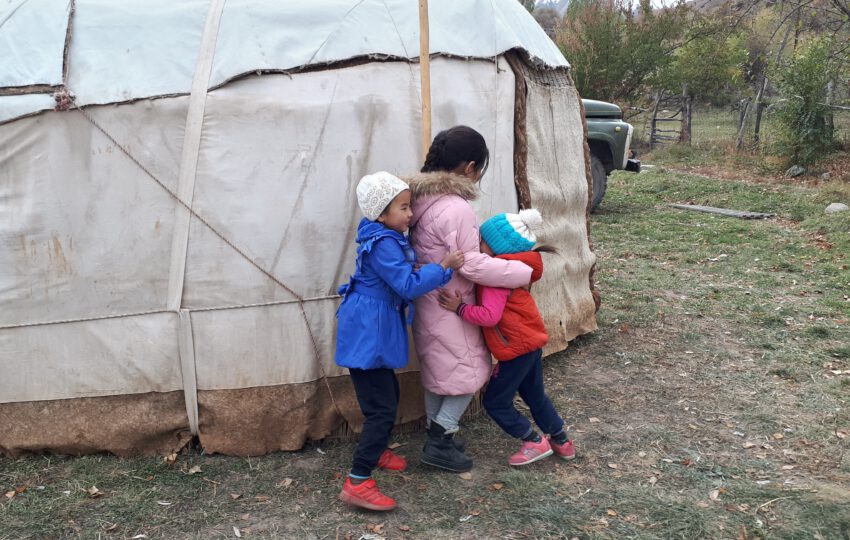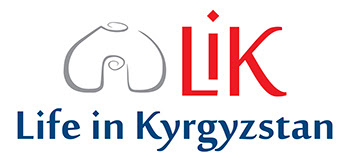
Children in low income countries are expected to suffer the impact of the climate crisis on human health. A new study from Kyrgyzstan estimates the long-term consequences of extreme weather conditions on child stunting as a proxy for child development. It combines a rich three-wave panel dataset of children aged 0-59 months and location-matched weather data to identify the impact of three types of weather shocks (cold, drought, excessive rainfall) on the probability of child stunting.
To address a knowledge gap, the study goes beyond traditional definitions of extreme weather conditions to include unusually cold weather, as well as the more widely-studied drought and floods. The overall prevalence of stunting across all ages is 30% for boys and 27% for girls – with the experience of one additional month of unusually cold temperatures in the first 19 months of life significantly increasing the stunting probability.
The study is the first to identify an interesting causal link running from cold shocks via household heating sources to child stunting. It finds that children in households relying primarily on electricity for heating are likely to experience cold indoor temperatures, suffer more infections, and have a higher risk of stunting. Experiencing one additional cold shock increases the average stunting probability of surveyed children in households with electric heating by 5.7%.
For the full findings, read the paper here. The data used in this study are from the Life in Kyrgyzstan Study, which is co-hosted by ISDC.



